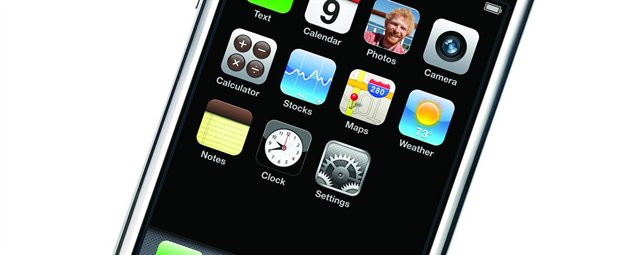
Every single day, we interact with animations, so-called "motion graphics", without giving it a second thought. For example, iPhones and iPads always feature several screens containing icons. We switch between them by dragging one screen sideways so that the next one appears. It feels natural and intuitive because it closely resembles the way we leaf through magazines and books, which is why we very quickly learn to navigate the animated world in the phone.
Morten Lund, MA, is currently working on a Ph.D. thesis on animation and interactivity made possible by cooperation between the Animation Hub, Aalborg University, Nokia and Bang & Olufsen. The aim is to find out exactly how and in what ways we perceive animations in user interfaces, for instance in phones.
Animation creates functionality
"Animators are trained to analyse and understand a movement in the real world and translate it into animation. When Pixar animate e.g. a Luxor lamp, they give life to an inanimate object, and the very same animation techniques can be applied to a user interface such as a web site. It's about the transition from one state to another. When you minimise a window on your computer, you can see where it goes, and you can see it getting smaller. I would like to investigate how we perceive that animation process, and obviously what's really interesting is what we perceive best", explains Morten Lund.
Bang & Olufsen and Nokia both have an obvious business interest in the project because product technology is only one parameter in achieving successful sales. If the functionality grinds, consumers do not buy:
"The user experience does not only consist of things looking nice. It's at least as much about giving the customer a sense that the device is forthcoming, and even more importantly: that the user understands what the device is doing. In this regard, animation will play an enormous role", predicts Morten Lund.
The Ph.D. project on animation and interaction is scheduled to be concluded in 2013.